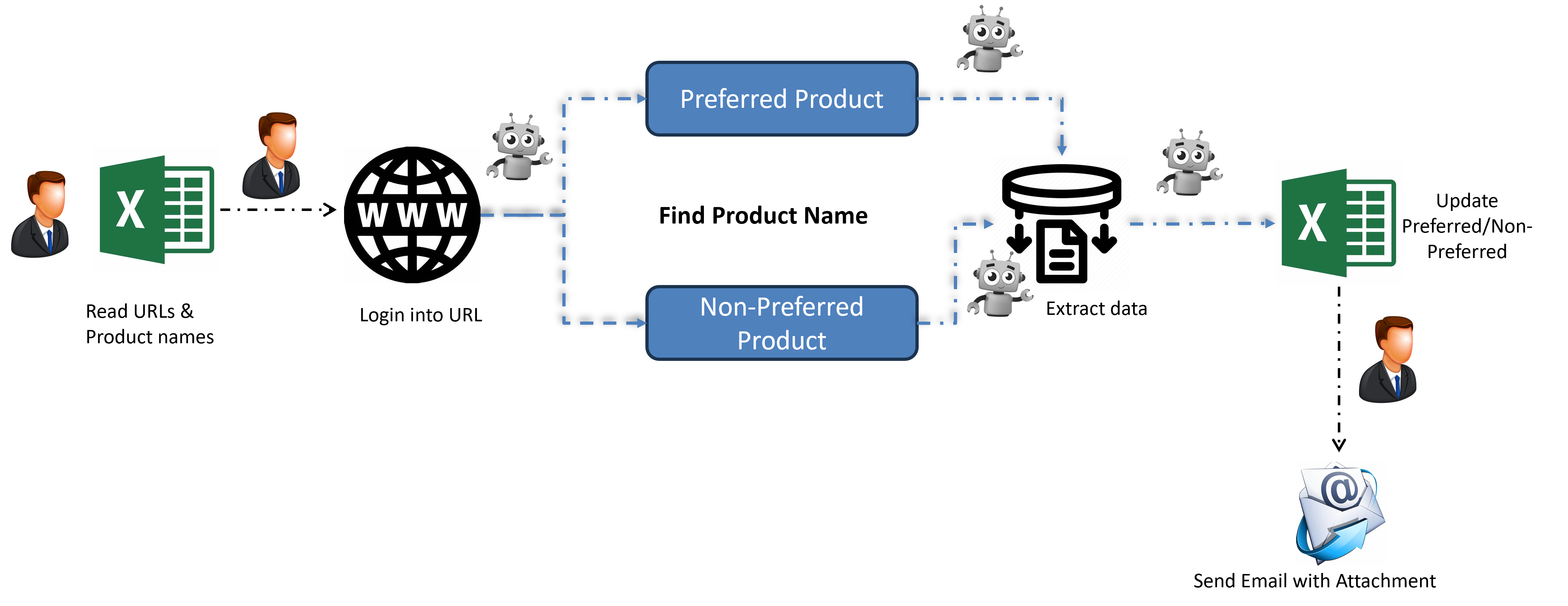Introduction
In the rapidly evolving landscape of business automation, Robotic Process Automation (RPA) is increasingly becoming a transformative technology. For both large enterprises and small businesses, understanding the nuances between Attended RPA and Unattended RPA is crucial for optimizing operations, enhancing productivity, and driving growth. This blog post serves as a comprehensive guide to help you distinguish between the two types of RPA and determine which one is best suited for your organization.
What Is the Difference Between Attended RPA and Unattended RPA?
Before diving into the specifics of Attended and Unattended RPA, it's essential to grasp the fundamental differences between these two automation paradigms. Both aim to streamline business processes through automation, but they do so in distinct ways.
What is Attended Automation?
Attended RPA, also known as front-office automation, involves bots that work alongside human employees. These bots are triggered by user actions and assist in real-time tasks, providing immediate support to enhance productivity and efficiency. The primary focus here is to augment human capabilities rather than replace them.

What is Unattended Automation?
Unattended RPA, or back-office automation, operates independently of human intervention. These bots are designed to execute tasks autonomously based on pre-defined rules and schedules. They run 24/7, handling high-volume, repetitive tasks without requiring any human oversight.

Attended RPA
Benefits of Attended RPA
Attended RPA offers several advantages, especially for tasks that require real-time human intervention or decision-making. Here are some key benefits:
Enhanced Productivity: By automating routine tasks, employees can focus on higher-value activities that require critical thinking and creativity.
Immediate Assistance: Bots can provide instant support for tasks such as data entry, form filling, and customer service queries.
Ease of Integration: Attended RPA can be seamlessly integrated into existing workflows, making it easier for businesses to adopt without significant disruptions.
Desktop Interactions
Attended RPA typically involves desktop interactions where bots assist users directly from their workstations. This type of automation is particularly useful in scenarios like customer support, where immediate responses are crucial.
Real-Time User Interaction
The real-time interaction between bots and users is a hallmark of Attended RPA. This setup allows for rapid task completion, reducing wait time and improving overall efficiency.
Unattended RPA
Benefits of Unattended RPA
Unattended RPA offers a different set of advantages that are particularly beneficial for large-scale, repetitive tasks. Key benefits include:
24/7 Operations: Unattended bots can run continuously without the need for breaks, significantly increasing the volume of tasks completed without errors.
Cost Savings: Automating high-volume, repetitive tasks reduces the need for manual labour, leading to substantial cost savings.
Scalability: Unattended RPA can easily scale to handle increased workloads, making it ideal for businesses experiencing rapid growth.
Enterprise-Level Automation
Unattended RPA is particularly well-suited for enterprise-level automation. It can handle complex processes across various departments, from finance and HR to supply chain management.
Autonomous Task Execution
One of the standout features of Unattended RPA is its ability to execute tasks autonomously. This characteristic makes it ideal for processes that do not require human intervention, such as data extraction, report generation, and batch processing.
What Type of RPA Is Right for My Organization?
Choosing between Attended and Unattended RPA depends on your organization's specific needs and goals. Here are some factors to consider:
Nature of Tasks: If your tasks require real-time human interaction, Attended RPA is the better choice. For high-volume, repetitive tasks, Unattended RPA is more suitable.
Operational Goals: Determine whether your focus is on enhancing employee productivity (Attended RPA) or automating large-scale processes (Unattended RPA).
Resource Availability: Consider the resources you have available for implementation and maintenance. Attended RPA might require more user training, while Unattended RPA may need robust IT support.
Hybrid Automation
For many organizations, a hybrid approach combining both Attended and Unattended RPA can offer the best of both worlds. Hybrid automation allows businesses to leverage the strengths of each type of RPA, creating a more flexible and efficient automation strategy.
Benefits of Hybrid Automation
Versatility: Adapt to a wide range of tasks and processes, from customer service to back-office operations.
Optimized Resource Allocation: Allocate resources more effectively by using Attended RPA for tasks requiring human interaction and Unattended RPA for high-volume, repetitive tasks.
Improved ROI: Maximize return on investment by leveraging a balanced automation strategy that enhances productivity and reduces operational costs.
Conclusion
Understanding the differences between Attended and Unattended RPA is crucial for any organization aiming to implement effective automation strategies. Whether you choose Attended RPA for real-time user interactions, Unattended RPA for autonomous task execution, or a hybrid approach that combines the strengths of both, the key is to align your choice with your business objectives and operational needs.
Ready to explore the transformative power of RPA for your organization? Discover how CIGNEX, a UiPath partner can help you with UiPath licensing and subscription and implement both Attended and Unattended RPA solutions tailored to your unique requirements. Contact our experts today to get started on your automation journey.

